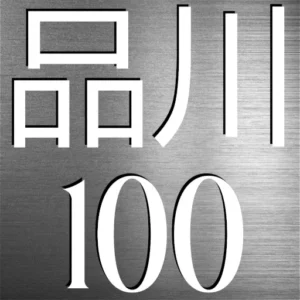Tokyo Ward System – How the Capital Was Carved
Tokyo’s administrative shape didn’t just happen overnight. From feudal Edo to postwar powerhouse, the Tokyo Ward System evolved through a mix of reform, necessity, and politics. What began as a centralized samurai city has transformed into today’s 23 Special Wards — a setup that exists nowhere else in Japan.
🟨 Meiji Restoration: From Edo to Tokyo
In 1868, as the Tokugawa shogunate collapsed and imperial rule was restored, Edo was renamed Tokyo (東 京), meaning “Eastern Capital.” The new government created Tokyo-fu (Tokyo Prefecture) to administer the growing urban region. This was part of Japan’s sweeping modernisation, led by the Meiji oligarchs such as Ōkubo Toshimichi and Kido Takayoshi.
By 1878, Tokyo was divided into 15 urban wards under the District, Town, and Village Organization Law. These wards formed the core of the city, encircling the Imperial Palace. Tokyo became an official city — Tokyo City — in 1889.

🟩 1932: Greater Tokyo and the Rise to 35 Wards
Rapid urban growth in the Taisho and early Showa eras prompted major expansion. In 1932, Prime Minister Inukai Tsuyoshi’s cabinet approved the merger of 82 surrounding towns and villages into the city, creating 35 wards. This formed what became known as “Greater Tokyo” (大東京, Dai-Tōkyō).

🟥 1943 Wartime Reform: Tokyo-to is Born
During World War II, the national government under Prime Minister Hideki Tōjō pushed for centralization. In 1943, the Tokyo Metropolitan System was enacted. It merged Tokyo City and Tokyo Prefecture into a single entity: Tokyo-to (東京都). This abolished Tokyo’s city government and brought the 35 wards under direct control of the governor, then appointed by the central government.
🟦 1947: The Special Wards of Postwar Democracy
After Japan’s defeat in 1945, democratic reforms were introduced under the Allied Occupation. In 1947, the Local Autonomy Act restructured Tokyo’s ward system again. The 35 existing wards were reduced to 22 through mergers. Just two months later, Nerima Ward was carved out of Itabashi, completing today’s 23 Special Wards.
These Special Wards (特別区, tokubetsu-ku) function like cities, with elected mayors and assemblies, but are legally part of the Tokyo Metropolis. They handle local administration, while services like water, firefighting, and transit are run by the Tokyo Metropolitan Government.

🌐 Why the Tokyo Ward System is Unique
The Tokyo Ward System is unique in Japan. No other city has this structure of “semi-autonomous cities within a metropolis.” It reflects the balance Tokyo must strike between local democracy and managing the world’s largest urban population — over 9 million just within the 23 wards.
Understanding the evolution of the Tokyo Ward System sheds light on how Japan’s capital became a model of decentralised governance and urban planning — shaped by war, reform, and the relentless pace of change.

